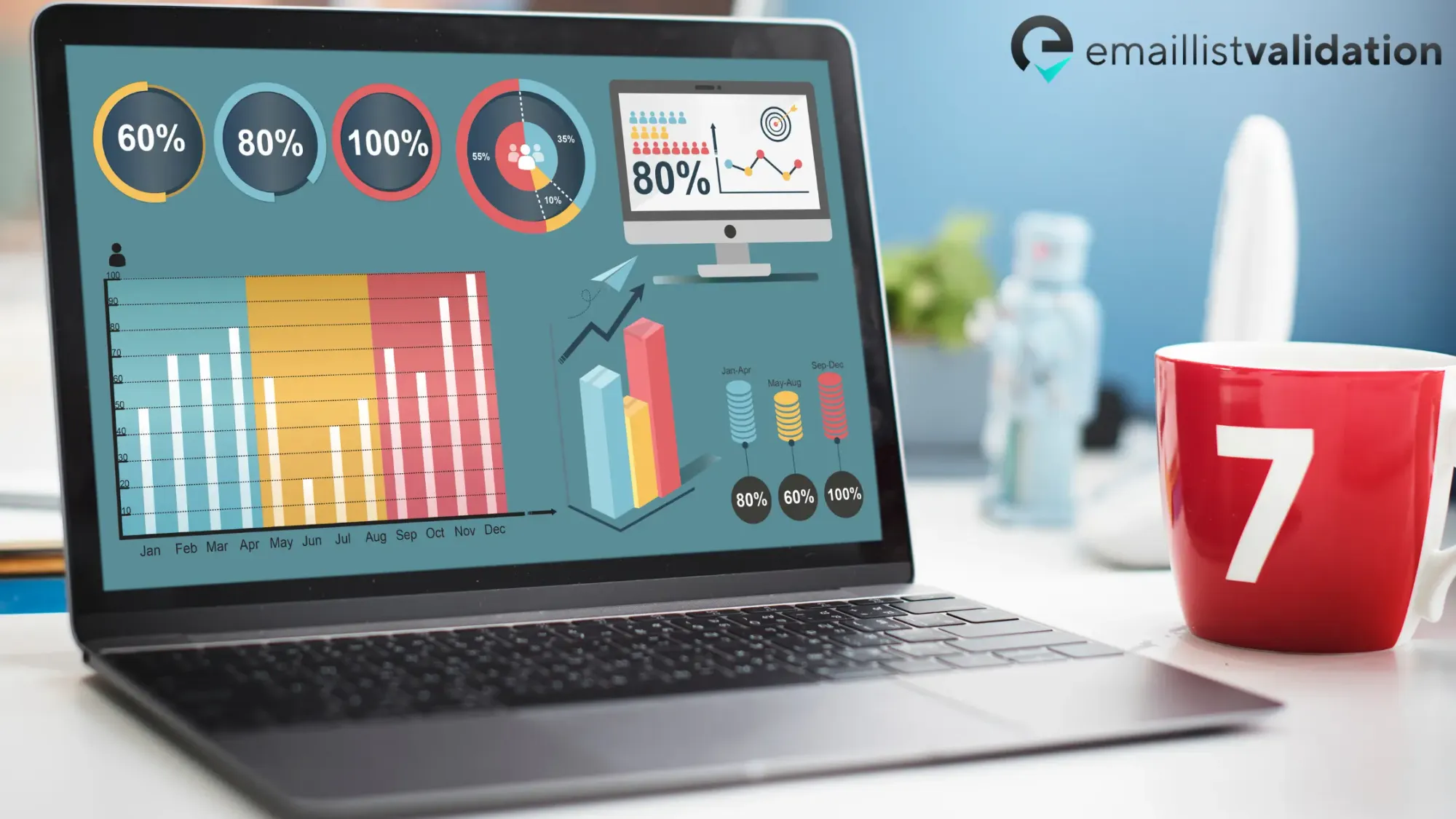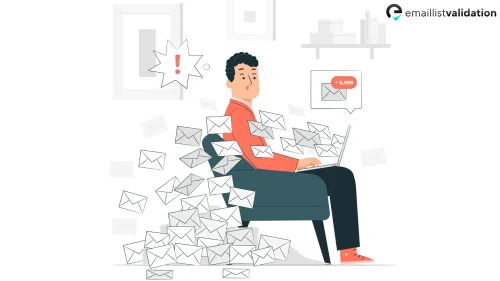Email marketing is one of the most effective ways to reach customers and generate leads. However, there are several metrics that you need to keep an eye on to ensure that your email campaigns are performing as expected. One of these metrics is the average bounce rate for email, which is the percentage of emails that were not delivered to the recipient’s inbox. In this article, we will take a deep dive into everything you need to know about average bounce rate for email marketing, including what it is, why it matters, and how you can improve it.
What is Average Bounce Rate for Email?

Before we dive into the details of the average bounce rate for email, let's first define what email bounce rate is. Email bounce rate is the percentage of emails that were not delivered to the recipient's inbox. There are two types of email bounces, soft bounces and hard bounces. A soft bounce is a temporary issue that prevents an email from being delivered, such as a full inbox or a server issue. A hard bounce is a permanent issue that prevents an email from being delivered, such as an invalid email address or a blocked email address.
Now that we know what email bounce rate is, let's talk about average bounce rate for email. Average bounce rate for email is the average percentage of emails that bounce across all of your email campaigns. This metric is important because it gives you an idea of how many of your emails are not making it to their intended recipients. If your average bounce rate is high, it could indicate that you have a problem with your email list or your email content.
Why Does Average Bounce Rate for Email Matter?

Average bounce rate for email matters for several reasons. First and foremost, a high bounce rate can negatively impact your email deliverability. If too many of your emails bounce, it can signal to email providers that your emails are not legitimate, which can result in your emails being marked as spam or blocked altogether. This can have a significant impact on your email marketing ROI, as it can reduce the number of people who receive and engage with your emails.
In addition to negatively impacting your email deliverability, a high bounce rate can also be a sign that there is something wrong with your email list or your email content. For example, if you have a lot of invalid email addresses on your list, this can result in a high bounce rate. Similarly, if your email content is not engaging or relevant to your audience, it can result in people unsubscribing or marking your emails as spam, which can also contribute to a high bounce rate.
How Can You Improve Your Average Bounce Rate for Email?
If you have a high average bounce rate for email, there are several steps you can take to improve it. Here are some tips:
- Clean up your email list: One of the easiest ways to reduce your average bounce rate is to clean up your email list. This means removing any invalid or inactive email addresses from your list.
- Use double opt-in: Double opt-in is a process where people have to confirm their email address before they are added to your email list. This can help ensure that you have valid email addresses on your list.
- Improve your email content: If your email content is not engaging or relevant to your audience, it can result in people unsubscribing or marking your emails as spam. Make sure your content is relevant and valuable to your audience.
- Monitor your email deliverability: Keep an eye on your email deliverability metrics, such as open rate and click-through rate. If you notice a sudden drop in these metrics, it could be a sign that your emails are being marked as spam or blocked.
Conclusion
Understanding and improving your average bounce rate for email is essential for the success of your email marketing campaigns. By keeping an eye on this metric and taking steps to improve it, you can increase your email deliverability, engagement, and ROI. If you need help improving your email campaigns, consider working with an experienced email marketing agency.



